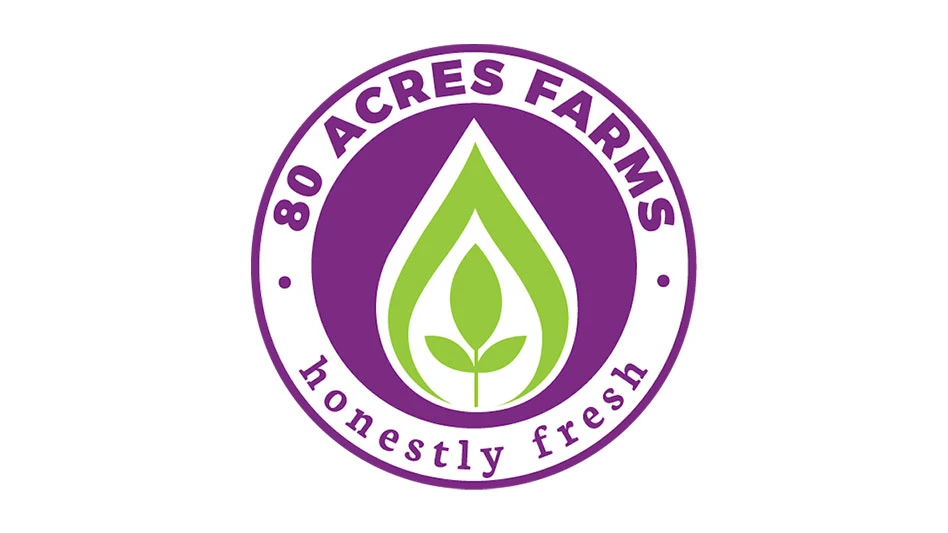
Photo courtesy of Jason Jurey
Jason Jurey is education director at CropKing, where he leads efforts to bring controlled environment agriculture into classrooms of all shapes and sizes, making sustainable farming practices accessible to all students. Jurey has nearly 20 years of experience in formal education and has taught science classes at every level in the secondary classroom. He holds master’s degrees in both secondary education and environmental science.
At Indoor Ag-Con, Jurey is part of a panel presentation, “Growing Minds: Integrating Controlled Environment Agriculture in K-12 Education for a Healthier Future.”
We caught up with Jurey to find out more about the CEA and primary/secondary education connection.
Produce Grower: To date, how have you facilitated CEA information/education into K-12 classrooms?
Jason Jurey: Our focus on education has always had a multi-faceted approach. Through in-person visits, hosting greenhouse tours, participating in career/STEM days and other outreach initiatives, our team has built valuable relationships with districts, teachers and students. Their buy-in and support is critical in getting CEA into K-12 classrooms.
We also have hydroponic systems and classroom-friendly kits, standards-based content and dedicated teacher training to support those educators who want to integrate sustainable agriculture into their classrooms. One of our bigger projects right now is working to bring CEA into several schools and districts in the Columbus, Ohio, area through two grant-funded projects and our partnership with The Ohio State University.
PG: How should CEA growers and suppliers get involved in their local classrooms?
JJ: Offering opportunities for educators and students to see CEA in action is both impactful and motivating. When growers and suppliers offer experiences (talks, site visits, opportunities to interact with equipment and crops), the CEA experience can shift from conceptual to tangible. Modern-day students spend a disproportionate period of their day completing static learning tasks like memorizing, filling out worksheets and passive listening. When granted the opportunity to experience hands-on learning, history shows learning outcomes are higher, behavior issues fall away and engagement soars.
PG: What is the primary take-home message (or messages) to students about CEA?
JJ: The primary message about CEA is that it’s a problem-solving industry. So many of the problems on both a global and community scale can be addressed with CEA, including projects focused on stamping out food insecurity, environmental injustice, underserved community disengagement and many other real-world problems. CEA can provide access to fresh, nutrient-dense produce in areas where that is traditionally hard to come by.
We are seeing a greater commitment to the “food is medicine” movement, resource sustainability, reductions in pesticides and fertilizers, and a renaissance in how our food distribution network is organized. The demand for these problem-solving, next-gen growers will only increase, going beyond the traditional roles of head growers or support staff. CEA careers are evolving to include roles that focus on business, engineering, technology and more. Students essentially have a chance right now to get in “on the ground floor” and become tomorrow’s leaders through tech-driven, forward-thinking food production.
PG: Anything else you’d like to add about the importance of this strategy?
JJ: A genuine commitment to the teachers and students is the only way to truly create a meaningful impact. Teachers don’t want “stuff.” They want to be supported and empowered with ways to connect to content past simple rote memorization. They want to feel they have a true partner that will help them champion their ideas while they push into a space where they may not yet feel entirely comfortable, and CropKing provides just that. Our approach allows us to be in the classrooms when needed (either in-person or virtual), helping to support not only through our systems and supplies, but also with our knowledge and experience to help make recommendations, share best practices and support our teachers however they may need.
This article appeared in the January/February 2025 issue of Produce Grower magazine under the headline "Questions with Jason Jurey."
Get curated news on YOUR industry.
Enter your email to receive our newsletters.
Explore the Jan/Feb 2025 Issue
Check out more from this issue and find your next story to read.
Latest from Produce Grower
- The Growth Industry Episode 3: Across the Pond with Neville Stein
- University of Evansville launches 'We Grow Aces!' to tackle food insecurity with anu, eko Solutions
- Lawsuit challenges new H-2 visa rules
- Q&A: Sandra Eskin Leads Food Safety Advocacy Organization, STOP, as CEO
- Find out what's in FMI's Power of Produce 2025 report
- Martin A. Makary Sworn in as FDA Commissioner
- PG CEA HERB Part 2: Analyzing basil nutrient disorders
- LettUs Grow, KG Systems partner on Advanced Aeroponics technology






